What is the Sendai Gender Action Plan?
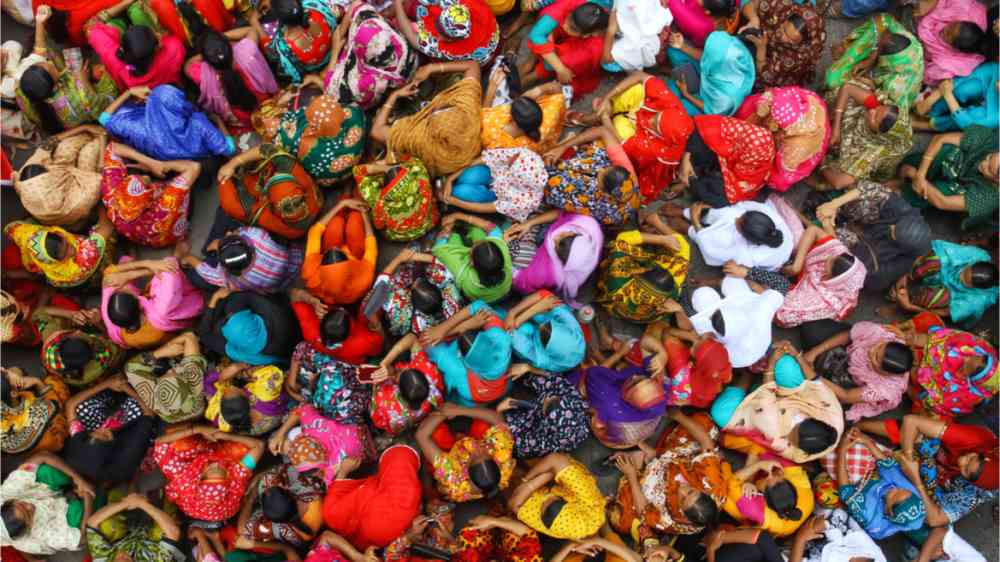
Nine years to the day after the adoption of the global blueprint for disaster risk reduction by the United Nations Member States, the United Nations Office for Disaster Risk Reduction (UNDRR) is celebrating the launch of the Gender Action Plan to Support Implementation of the Sendai Framework for Disaster Risk Reduction 2015-2030.
Known as the “Sendai GAP”, this Action Plan will support governments and other stakeholders to reduce the negative impacts of gender discrimination and inequality in disasters. The Sendai GAP consultations that led to the development of the Action Plan involved 65 countries and more than 500 non-governmental stakeholders, demonstrating how much gender equality in disaster risk reduction has become a priority in all regions of the world, and how much energy there is to move towards this goal now.
The Sendai GAP aims to accelerate implementation of the Sendai Framework by substantially increasing resource allocations, activities and impacts of gender-responsive disaster risk reduction and substantially decreasing gender-related disaster risk by 2030. It identifies nine key objectives related to the four priorities of the Sendai Framework and recommends 33 actions that promote gender equality and the empowerment of all women and girls in disaster risk reduction.
Understanding disaster risk
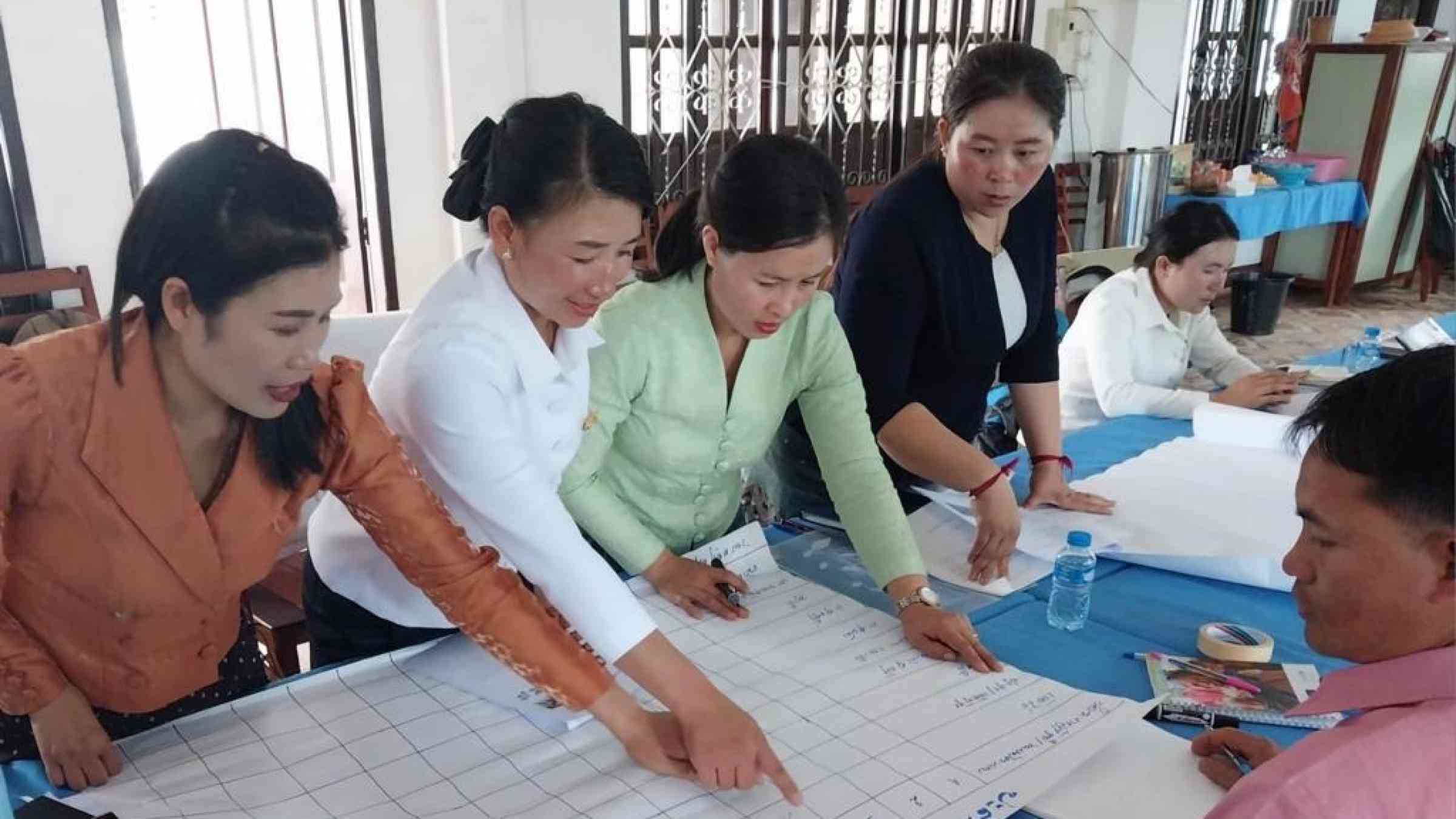
Disaster risk management should be based on an understanding of disaster risk in all its dimensions of vulnerability, capacity, exposure of persons and assets, hazard characteristics and the environment.
Increasing the availability of gender and disaggregated data
The reality is that there is a significant lack of comparable data on how disaster risk and the impacts of disasters differ for women, girls, men, boys and people of diverse genders. Many countries face significant challenges in collecting disaggregated data, particularly at the local level, for different reasons and in analysing, reporting, using and communicating it at the national level. This means that planning, decision-making and investment in disaster risk reduction are often not sufficiently based on gender-specific data, making them less effective in reducing disaster risk and, in the worst case, may inadvertently exacerbate gender inequalities.
That is why the Sendai GAP objective 1 aims to increase data disaggregated by sex, age, income and disability, as well as qualitative information on gender and disaster risk. Population statistics and socioeconomic data need to be available in a disaggregated form, as well as data on disaster loss, damage and impacts and qualitative information on risks related to gender inequality and gender roles.
Using gender analysis
But even where data and information on gender and disasters are available, their effective use requires an understanding of underlying gender inequalities that need to be addressed through policy and implementation, in order to reduce gender-based risk and address gender differences in disaster impacts. These capacities are rarely prioritized in the recruitment, training and development of government officials and other actors in the field of disaster risk reduction.
Objective 2 of the Sendai GAP therefore aims to use information on the gender dimensions of disaster risk to inform decision-making within governments and among stakeholders, in particular to improve their practical capacities to use intersectional gender analysis to understand, act on and communicate gender and intersectional disaster risks in any context.
Strengthening disaster risk governance
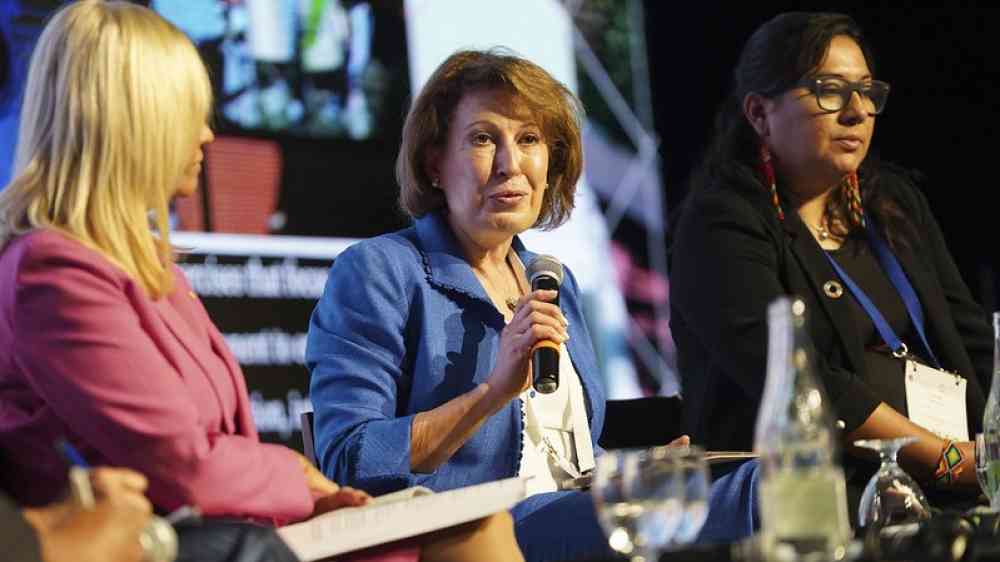
Disaster risk governance means clear vision, plans, competence, guidance and coordination within and across sectors, as well as participation of relevant stakeholders at the national, regional and global levels.
Gender equality in laws and policies
Few national legislative and policy frameworks, strategies or plans for disaster risk reduction expressly include gender equality as a policy objective. Where they do so, or where other equality laws apply to disaster risk reduction activities, there is often a gap in allocating clear roles and responsibilities and budget for implementation, monitoring and evaluation of gender equality outcomes.
This is why objective 3 aims to promote government collaboration to ensure there are clear gender equality goals, gender-responsive mechanisms and adequate budgets for their implementation in the laws, policies, strategies, plans and programming relevant to disaster risk reduction and that these align with the Sendai Framework and other relevant international treaties and agreements on sustainable development, human rights, the environment and climate change.
Meaningful participation and empowerment
Too often, the perspectives of women and people of diverse genders are not well integrated into formal disaster risk reduction mechanisms, and the informal leadership roles they play, their capacities and their knowledge may not be adequately recognized or remunerated.
Objective 4 aims to support the meaningful participation, empowerment and leadership of women, women’s organizations and other gender equality and inclusion stakeholders in disaster risk reduction. For example, by strengthening their technical capacities to engage in disaster risk governance institutions and processes at all levels, increasing their overall numbers, ensuring minimum representation and leadership roles, and making sure these opportunities are inclusive and accessible to persons with disabilities.
Investing in DRR for resilience
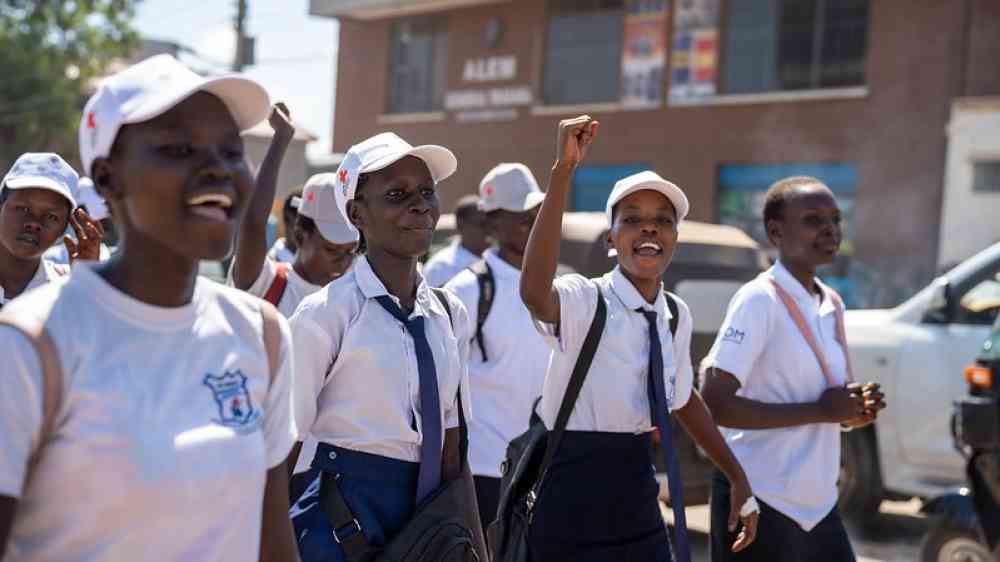
Public and private investment in disaster risk prevention and reduction through structural and non-structural measures are essential to enhance the economic, social, health and cultural resilience of women and men, girls and boys, their assets, as well as the environment they live in.
Mainstreaming gender equality in risk-informed development and investment
Investment decisions for risk-informed development and disaster risk reduction are often made on technical or financial grounds that do not take account of how gender inequality alters the impact and effectiveness of such investments.
Much more needs to be done to ensure that gender equality is a key criterion for decisions on funding allocations that determine which risk-informed investments are made and how they are implemented by public and private actors, underpinned by gender-responsive budgeting and investment in education and capacity development for effective implementation. This is what objective 5 of the Sendai GAP aims for.
Increasing funding allocations
Gender inequality, including gender-based discrimination, is found in all countries, creating a need for disaster risk reduction activities, programmes and projects that focus on gender equality outcomes in building resilience and reducing risk. Funding for this is limited, and even where it is available, it is challenging for women’s organizations and other gender equality and inclusion stakeholders to directly access grants or financing instruments, especially for small-scale local activities.
A significant increase in funding for disaster risk reduction measures that achieve gender equality is needed, as called for in the Sendai GAP objective 6. Moreover, improved access to suitable financing opportunities such as blended financing instruments that achieve gender equality targets and enhance resilience is needed, with an emphasis on making these directly accessible to women’s organizations and other gender equality and inclusion stakeholders for local-level implementation.
Enhancing disaster preparedness for effective response and reconstruction
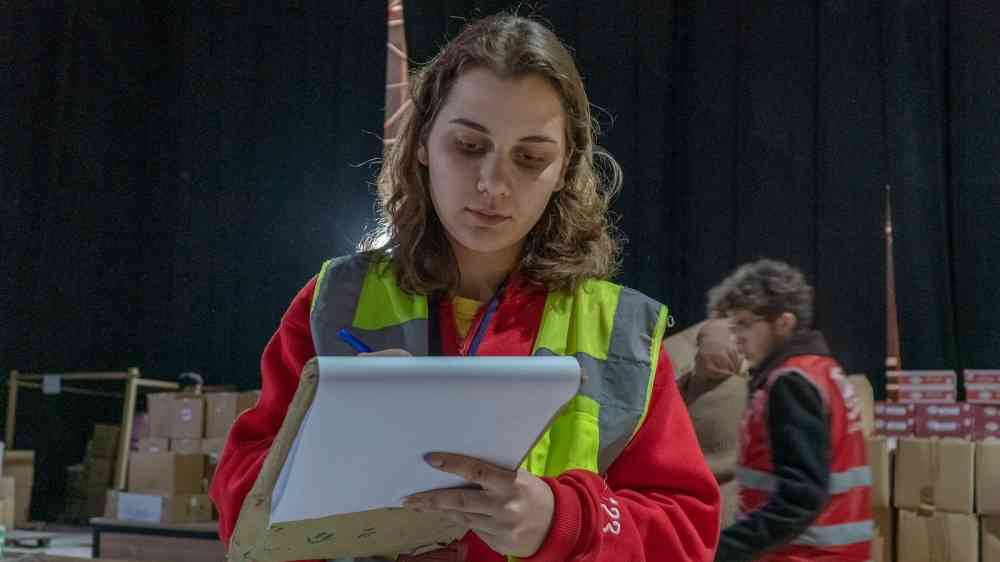
The growth of disaster risk means there is a need to strengthen disaster preparedness for response, take action in anticipation of events, and ensure capacities are in place for effective response and recovery. The recovery, rehabilitation and reconstruction phase is a critical opportunity to “Build Back Better”, including through integrating disaster risk reduction into development measures.
Gender-responsive and inclusive early warning systems
Multi-hazard early warning systems and anticipatory action are central to saving lives and preventing injuries and losses. However, gender-based and intersectional barriers to shaping, receiving and acting on risk communications can mean that women and other gender equality and inclusion stakeholders do not benefit equally from such systems.
Objective 7 of the Sendai GAP aims to ensure end-to-end multi-hazard early warning systems and tailored anticipatory action to achieve greater access for all through gender equitable, protective and inclusive approaches. This includes budget allocations, appropriate communication approaches, monitoring and evaluation, and the ongoing and resourced engagement and leadership of women’s organizations and other gender equality and inclusion stakeholders.
Gender-responsive disaster recovery, rehabilitation and reconstruction
Objective 8 addresses the challenge of ad hoc processes that are put in place after a disaster due to the limited institutionalization of pre-disaster recovery and reconstruction planning. These ad hoc processes tend to replicate past recovery and reconstruction efforts, which historically often exacerbate gender inequalities.
What is needed is to plan for and implement structural, social and economic disaster recovery and reconstruction that “Build Back Better” by prioritizing gender equality and social inclusion in recovery strategies and decision-making, and in resourcing activities that reduce gender inequality as an underlying driver of risk.
Sexual and reproductive health and gender-based violence
Failure to prioritize sexual and reproductive health and rights during a disaster can be life-threatening. Disasters and displacement also substantially increase the risk of gender-based violence. Gaps in these services, prevention and response lead to more deaths, injuries and long-term health problems, both physically and mentally, and can increase poverty.
It is necessary to ensure disaster preparedness, response and recovery plans, and related guidance and resource allocations prioritize universal access to the full spectrum of sexual and reproductive health and reproductive rights, as stipulated in objective 9 of the Sendai GAP, and to ensure effective prevention of and response to gender-based violence, including medical care, psychosocial support, referral, legal assistance and other support services.
Joint efforts are now needed

The nine objectives in the Sendai GAP are ambitious and a lot of work lies ahead of us. It makes it all the more important that everyone working on disaster risk reduction and/or gender equality in all countries and regions gets involved in the implementation of the Sendai GAP.
Implementation by governments at local and national levels is the key to success. Close partnership between disaster risk reduction and gender equality actors is essential, and women’s organizations and other gender and social inclusion stakeholders will be integral to the implementation. We need you to make this happen.